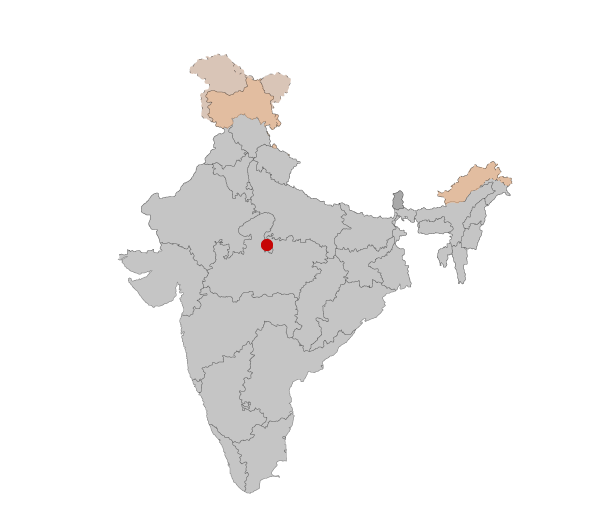
T was L’s wife, and together they had two sons and a daughter. Their children, L and T told us, would soon start renting a room in the nearby town and become tutors to earn extra money. N, their daughter, was helping her mother re-floor their house using reddish soil and cow dung from the family’s own cowshed, and L had just finished replacing old khapra (earthen) tiles which made up the roof with new ones. The tinted soil for the floor had been brought in especially as the colour of the soil in the surrounding area varied from light brown to black. L made sure that the roof had new tiles every year before monsoon so that the roof did not leak whenever it rained.
L explained to us the various forms of caste-based discrimination in the village: A person from a ‘lower’ caste was made to sit on the floor while higher seats were found for those belonging to ‘upper’ castes; and they had to stand respectfully if an ‘upper’ caste person passed by. Jobs were divided according to castes, with the least desirable jobs (like cleaning toilets) going to people from ‘lower’ castes.
L and his family liked living in their mud house, which was surprisingly cool in the summer, but his cowshed was made of concrete. And his neighbours were all abandoning mud houses for bricks and concrete, as well, so L lived at the cusp of two worlds.


